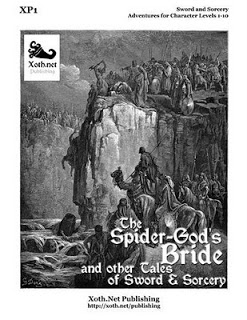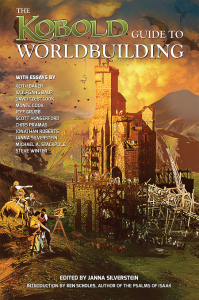When it comes to running adventures and campaigns, nothing can replace actual experience. However, that is not to say that you can only learn from making your own mistakes. There is actually a great number of excelent pieces of advice on the topic of preparing and running games, but strangely it’s something that almost no RPGs ever care to mention. Things make perfect sense when you already know and understand them, but they can be far from obvious and quite difficult to figure out on your own unless someone explains them.
The following is the list of my favorite articles on Gamemastering, which I consider to be really eye-opening and great advice for GMs both new and experienced. Some of the things covered in them may only make complete sense if you’ve already run into the problems they adress. But even if you’re familiar with RPGs and Gamemastering only at the most basic level, I still believe it’s advice that can still be usefull even if it is only half understood.
5 Simple Rules for Dating My Teenage Skill System by The Angry DM
A Quick Primer for Old School Gaming by Matthew J. Finch
Adjudicate Actions Like a Motherf$&%ing Boss! by The Angry DM
D&D: Calibrating Your Expectations by The Alexandrian
Don’t Prep Plots by The Alexandrian
Four Things You’ve Never Heard of That Make Encounters Not Suck by The Angry DM
Hex Crawling Encounters by LS
How to Build F$&%ing Awesome Encounters by The Angry DM
Making Encumbrance Work by LS
Rules vs. Rulings by The Alexandrian
Sanboxes and the Roguish Work Ethic by Zak S.
The Death of the Wandering Monster by The Alexandrian
The Kobold Guide to Worldbuilding by Kobold Press ($15 pdf)
Three Clue Rule by The Alexandrian



